Aston Martin is relaunching the 114-year-old Lagonda brand as a stand-alone maker of futuristic, high-tech luxury cars to directly rival Rolls-Royce and Bentley.
The famous name, which returned at the Geneva motor show on the Lagonda Vision Concept, will be used on at least two production cars from 2021. The first will be a Rolls-Royce Phantom-rivalling luxury saloon inspired by the four-door, four-seat Vision Concept.
But whereas Rolls-Royce and Bentley are traditional in their approach to luxury, Lagonda will position itself as the futuristic alternative to buyers who want to reject old-world luxury. It aims to be the first luxury car maker to truly embrace modern technology and the efficiency of electric car design, creating more cabin space and mixing that with a near-silent zero-emission drivetrain.
Q&A: Marek Reichman, Aston Martin Lagonda design boss
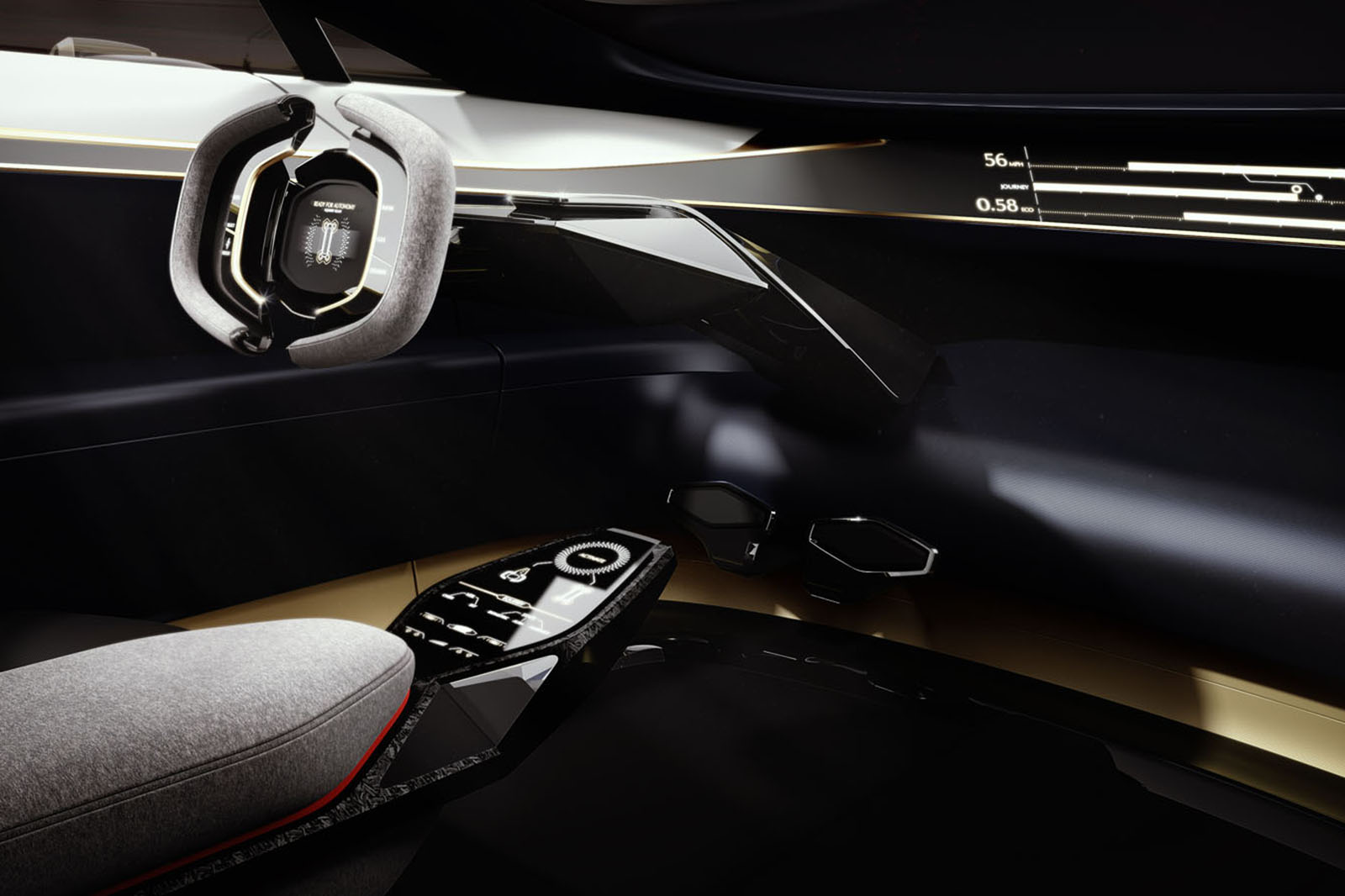
To that end, Aston Martin will partner in the creation of Lagonda with an as yet unnamed technology company based in Silicon Valley, California. One tantalising prospect is that it will be Apple, which has long desired to break into the automotive industry.
A history of Aston Martin Lagonda
Each Lagonda model will be hand-built on the firm’s dedicated electric car architecture. This will allow radically different proportions from not only any Aston Martin but anything else currently produced in the industry, no matter what the power source.
Opinion: will Apple and Aston Martin team up on Lagonda project?
Aston Martin design chief Marek Reichman believes cars today are an imperfect package, still essentially recreating the horse and cart, even with electric cars. This concept is his response – a car that doesn’t even have a bonnet.
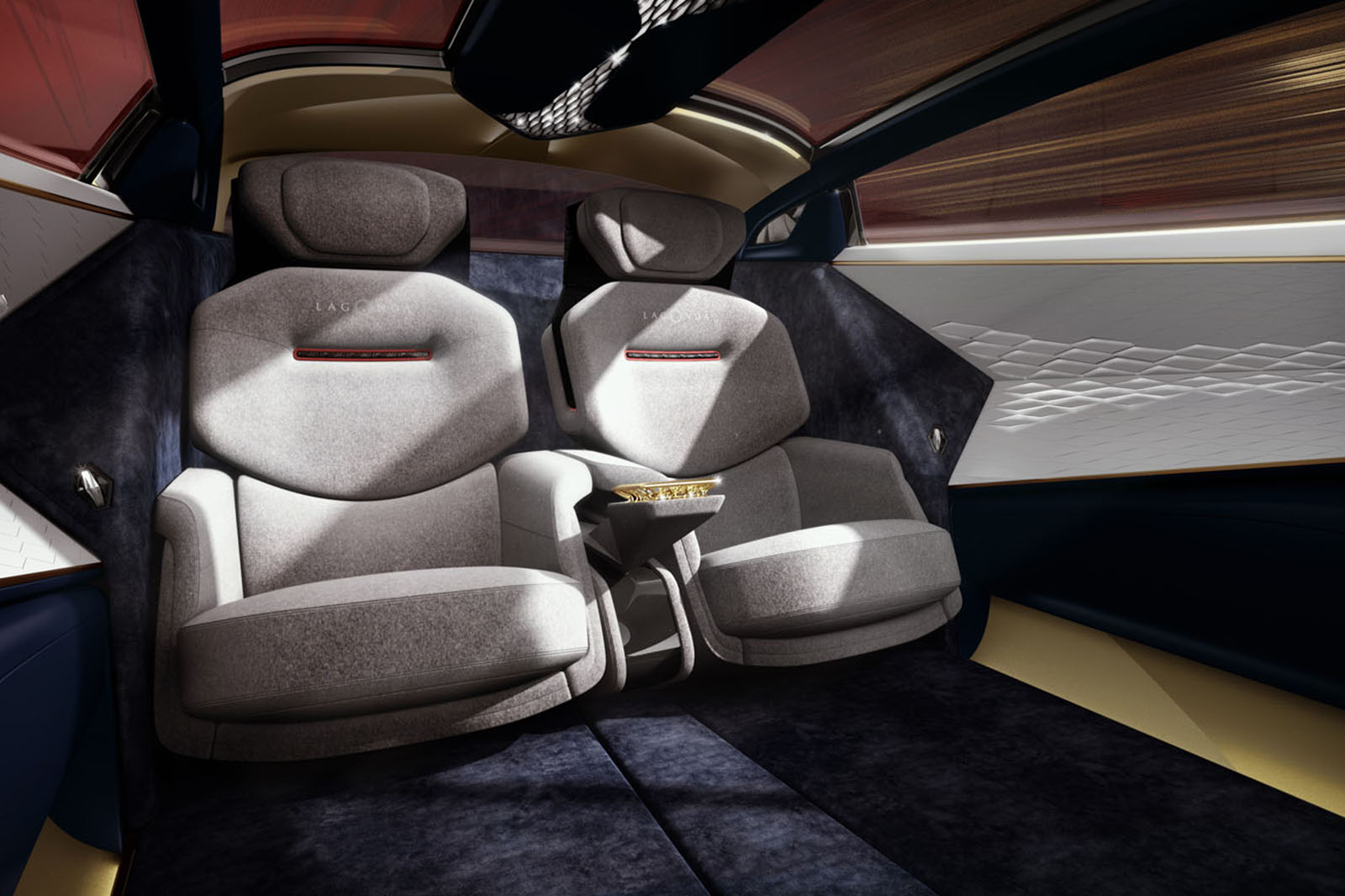
“With electrification, the platform is simplified,” said Reichman. “It’s efficiency. We’re taking advantage of all of these efficiencies with electrification rather than to try to replicate having an engine in the front.”
The first of the two Lagonda models confirmed so far will be a saloon inspired by the Vision Concept. It will be targeted squarely at the Phantom and Bentley Mulsanne.
The saloon will be followed soon after by a Rolls-Royce Cullinan and Bentley Bentayga SUV rival, a 40%-scale model concept version of which was on show in Geneva, where Aston Martin also displayed a 40%-scale coupé concept, to show how the radical design and proportions can be added to different bodystyles.
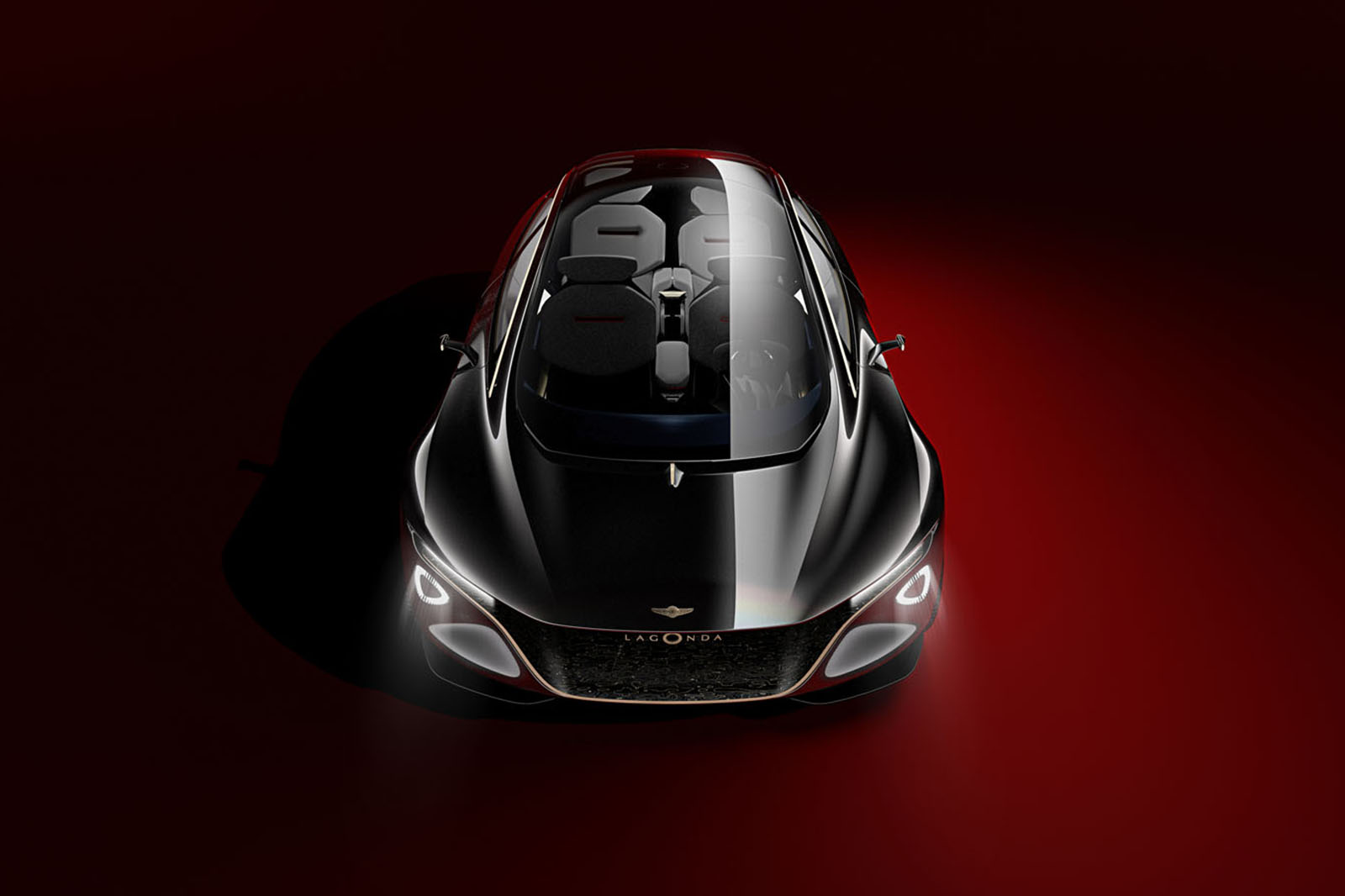
The architecture that will underpin the Lagondas will be new, but it will be based on the principle of Aston Martin’s bonded and riveted aluminium and carbonfibre structure used on its current models. By the time the Lagonda saloon makes production, the aluminium component of that could have been replaced entirely by carbonfibre, Reichman told Autocar at an exclusive preview event in Geneva.
At present, Aston Martin is focusing on the design of the cars and the re-establishing of the Lagonda name rather than the technical specifics. As a result, it has yet to confirm the exact technical make-up of its Lagonda architecture, such as electric motor or battery types.
The architecture is designed with the adoption of solid-state batteries in mind. However, there’s no confirmation that Aston Martin will be using them for the saloon’s launch and many industry observers and rival car makers believe the technology is still some way from production maturity.
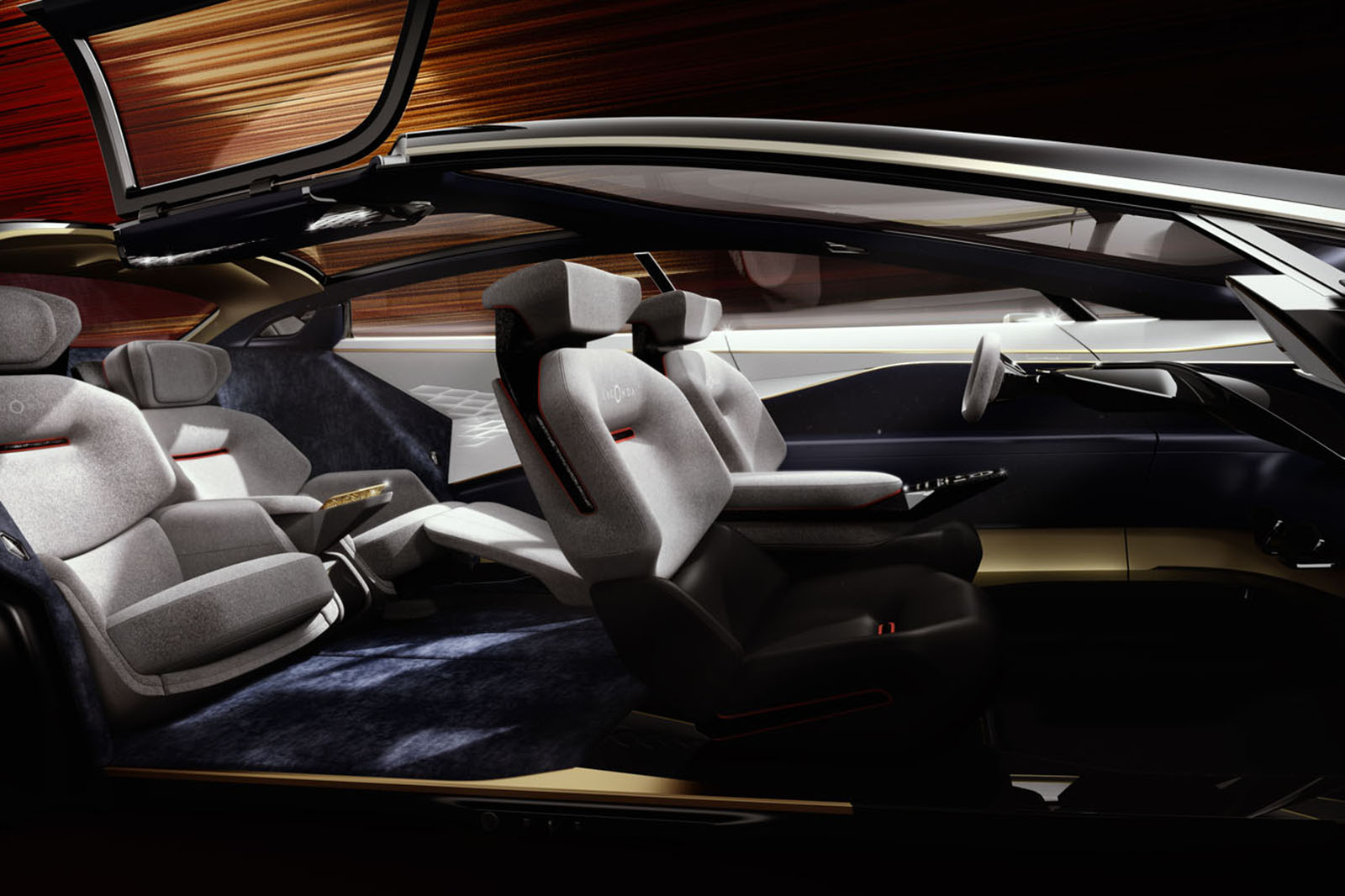
The batteries, for which Aston Martin is speaking to several potential partners about a supply deal, are mounted in the floor. It’s understood that two electric motors will be used to drive all four wheels, with anywhere between 0% and 100% of torque being deployable on any single wheel, depending on the driving situation. A 400-mile range is being targeted alongside a full wireless recharge of the batteries in 15min.
Aston Martin is using the RapidE limited-run electric car, due on sale in 2019, as a test bed for electric technology in future models, including the new Lagondas.
The Lagonda marque will also be launched with Level 4 full autonomy (self-driving in nearly all situations, with driver attention not required) built into the architecture from the start, although regulations will dictate how much of that is enabled for the driver to use.
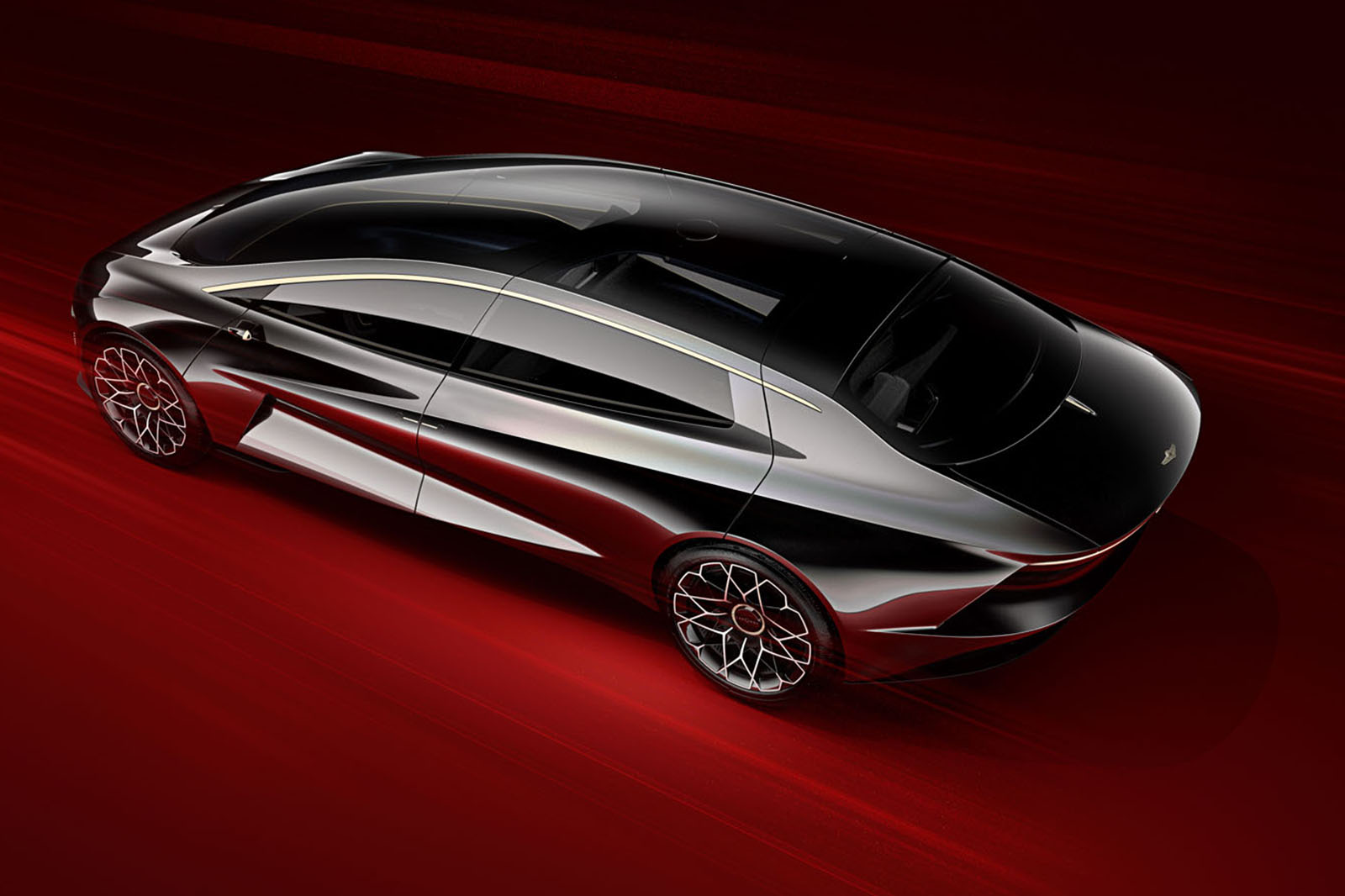
The dramatic exterior design is sleek and aerodynamic and, in visual cues and proportions, offers little to no link to existing Aston Martin convention. The front grille is dispensed with, that area in effect becominga negative space for airflow underneath the car to improve the aerodynamic package. Aero efficiency, mixed with lavish, highly sculpted surfaces, are key themes to the exterior of the car, one expected by Reichman to provoke a strong reaction.
The futuristic theme continues in the four-seat cabin, which is completely free of leather and wood as part of its progressive luxury brief. Instead, the high-tech cabin is lavishly trimmed in carbonfibre, ceramics, silk, wool and cashmere.
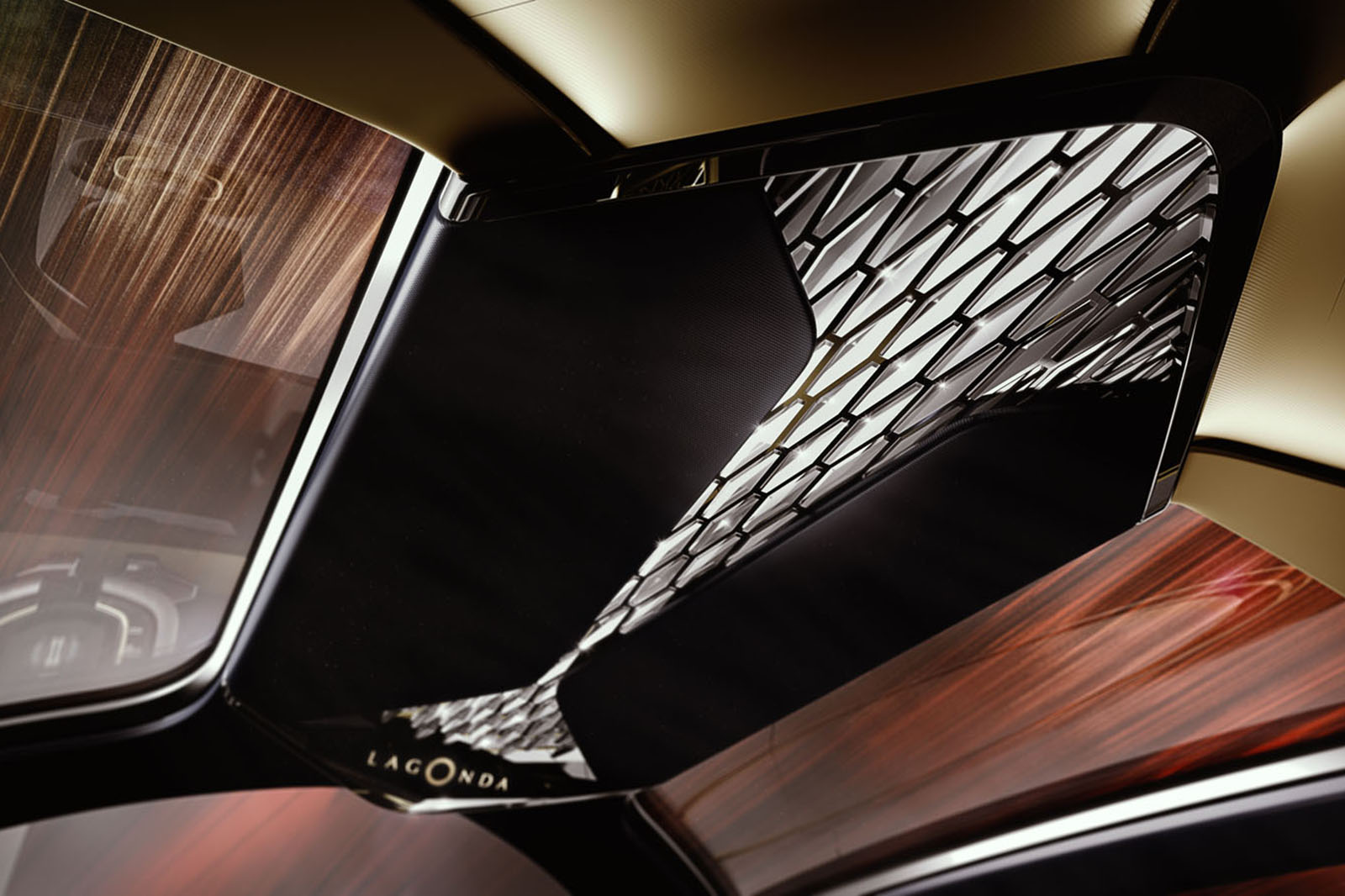
Reichman’s team has worked with furniture designer David Linley and built the interior of the car before wrapping the exterior around it – something Reichman says simply isn’t possible with traditional piston- engined cars. The two front seats are able to spin around to face people sitting in the back. Passengers in the rear benefit from greater leg room than is available in even an extended-wheelbase Phantom, much of the Lagonda’s five-and-a-half- metre length being taken up by the wheelbase.
Aston Martin is working on making the concept’s long, rear-hinged doors – typically a show car flourish – ready for production. The doors also open up out of the roof, allowing rear passengers to walk straight into the car, stand in front of the seat and sit in it, rather than ‘get in’ the car.
Reichman estimates that the Lagonda Vision Concept is about 70-80% representative of the final car but, within that, there is nothing on the concept that couldn’t be developed for production.
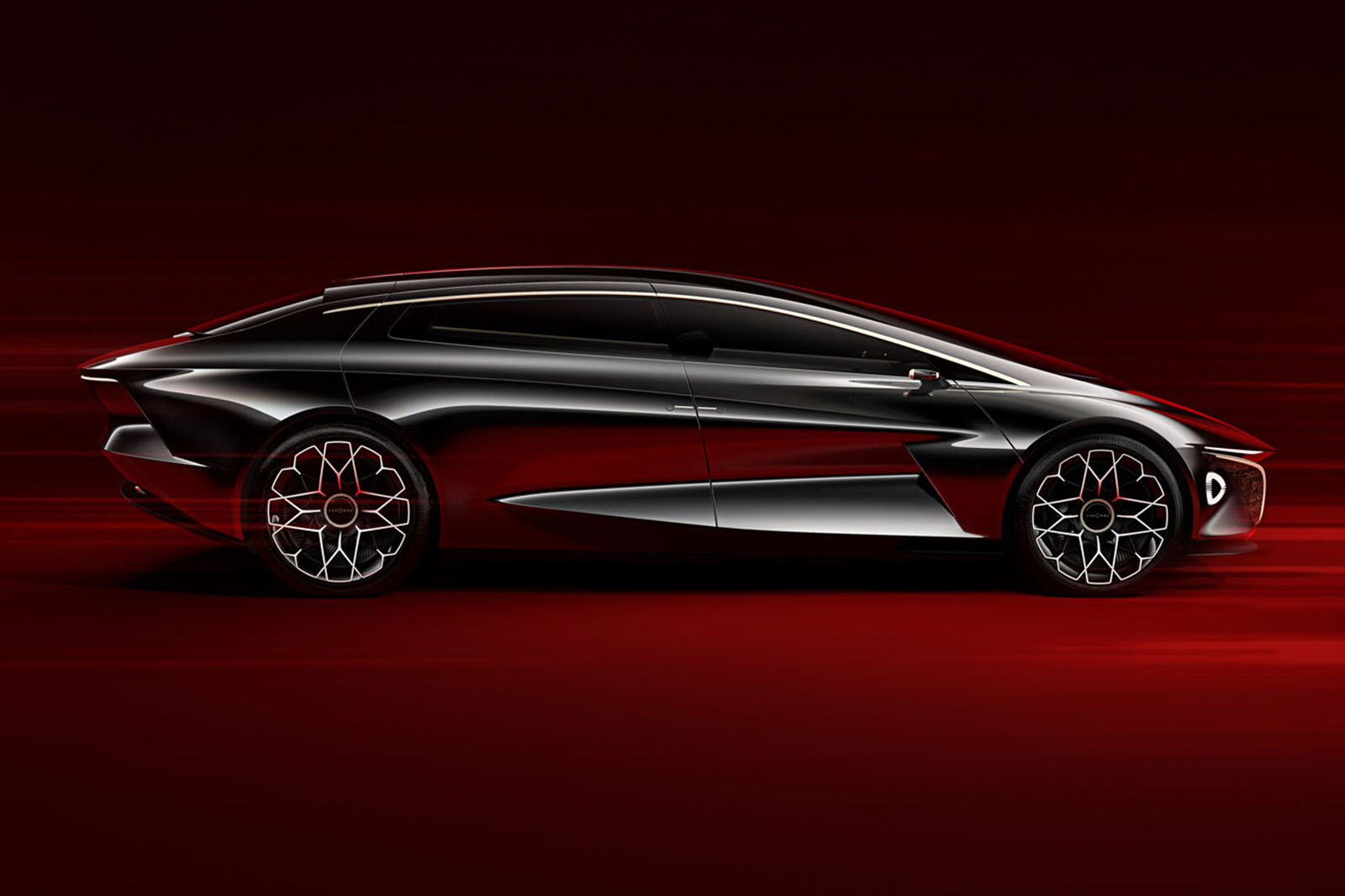
“This is setting the tone and pace from a visual perspective,” said Reichman. “It’s not an absolute look. It’s a concept and about bringing Lagonda to life.”
He said 10 design iterations and five scale models have been gone through. Iterations have ranged from a more traditional model like the limited-run Rapide-based Lagonda Taraf to the most extreme interpretation of what a Lagonda could be. It’s this extreme interpretation that Aston Martin Lagonda has settled on.
“But this isn’t extreme,” said Reichman. “It’s extreme versus traditions of ICE [internal combustion engine] but this is what you’d do with no big lump of an engine in the front of the car. You take advantage of it.”
It has not yet been decided how or where Lagonda models will be sold. Aston Martin Lagonda’s strategy director, Gerhard Fourie, said in showing the concept and confirming the brand’s relaunch “these conversations could now start properly”.
However, many of Aston Martin’s most loyal customers have already been involved, helping to inform the company’s thinking. Reichman said the project had not met with any negative opposition, which encouraged the firm to pursue this radical approach.
Read more
Opinion: will Apple and Aston Martin team up on Lagonda project?
Aston Martin Lagonda Taraf review
Aston Martin Vantage GT8 review
Aston Martin DB11 review
Aston Martin Lagonda Taraf

Source : autocar

